- Home |
- Search Results |
- A guide to the eight phases of the moon
A guide to the eight phases of the moon
Why does the Moon illuminate the sky one night and then seem to disappear the next? We looked to the Book of the Moon by Dr Maggie Aderin-Pocock for a clear view of the eight different phases of our closest celestial partner.
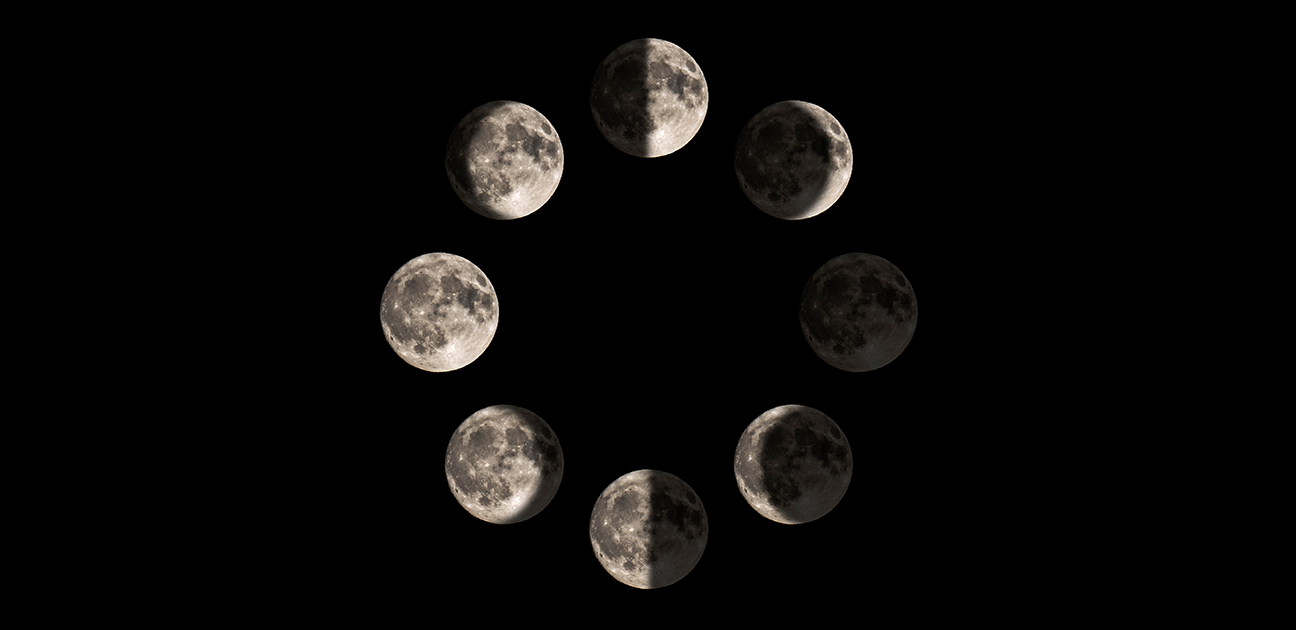
The moon, when visible, is usually the brightest thing in the night sky. Nonetheless, it is important to note the vital role that the Sun plays in our observations of the Moon and of the solar system as a whole. The Sun is effectively the source of light that allows us to observe other objects around us. The Moon and the planets do not generate any light of their own, so to see them we need to detect the sunlight reflected off their surfaces.
Just as with the Earth, half of the Moon’s surface (the day side) is always illuminated by the Sun. However, as the moon orbits the Earth, the sunlit portion that can be observed varies through the course of the month as the Moon moves around us.
The various views or phases of the moon have been divided into eight handy descriptions that give us an understanding of how much of the daylight side of the Moon is visible from our viewpoint on Earth, as the month progresses.
New moon
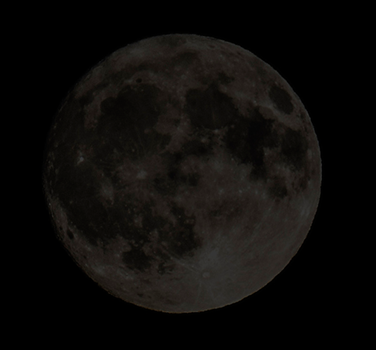
The first phase for us to consider is the ‘new moon’. Strangely enough, this is when the Moon’s illuminated side is not visible from Earth at all, because the Moon is sitting between the Earth and the Sun. So a new moon is actually invisible to us. Occasionally if the alignment of the Sun, Moon and Earth is just right, then a total eclipse of the Sun by the Moon is possible. A total solar eclipse can only occur during the new moon phase of the lunar cycle.
The waxing crescent
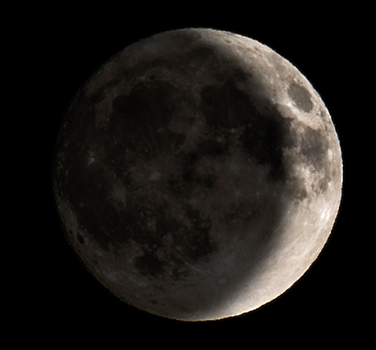
The second phase of the Moon is called the ‘waxing crescent’. Waxing in this instance means gradually increasing in magnitude or extent, which sums up nicely what the Moon is doing. During this period the Moon is getting brighter and also more of it is illuminated and visible, going from what we call in our house the ‘thin Cheshire Cat’ smile from Alice’s Adventures in Wonderland to the next phase, the first quarter.
The first quarter
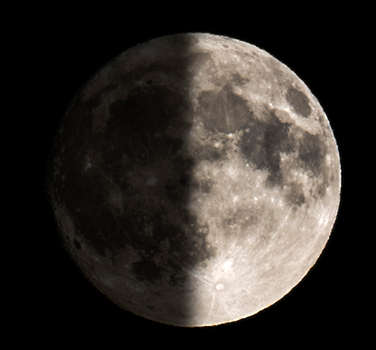
The ‘first quarter’ initially seems like a misnomer as half of the moon’s disc is visible from Earth due to the light from the Sun. This occurs approximately one week after the new moon.
The waxing gibbous
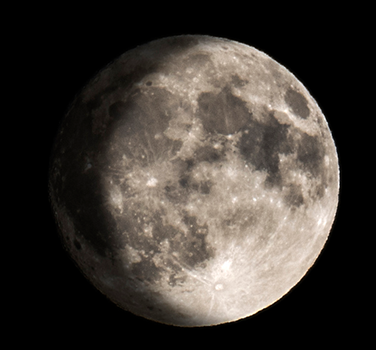
The next phase is called the ‘waxing gibbous’. The term gibbous comes from the Latin word Gibbus, meaning humped or hunched, and went on to mean something rounded or protuberant. This aptly describes this phase of the Moon, where more than half of its sunlit side can be seen.
The full moon
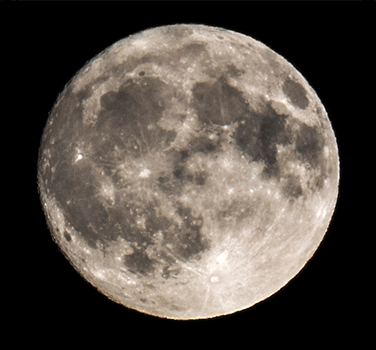
With the moon waxing with time we eventually get to the ‘full moon’ approximately two weeks after the new moon. This is the Moon at its most striking with its daylight side fully visible from Earth. The new moon now sits on the opposite side of the Earth from the Sun in a position called ‘opposition’, meaning it is on the other side of the sky. A total eclipse of the moon can only occur in this phase.
The waning gibbous
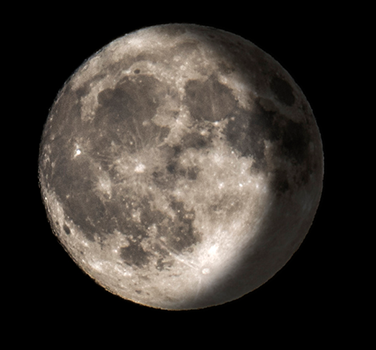
Having reached maximum brightness, the only way from here is a diminishing moon, which is termed ‘waning’. This comes from the old English word wonian, which means to lessen or diminish. This phase is called the ‘waning gibbous’. It looks similar to the waxing gibbous with more than half of the daylight side of the Moon visible, but the luminated visible area of the Moon is diminishing as the cycle goes on.
The last quarter
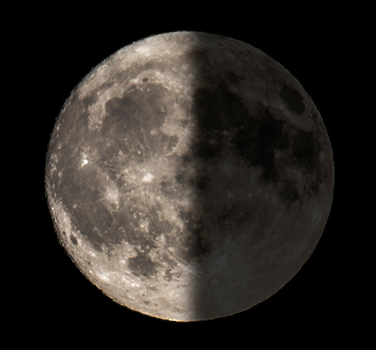
The ‘last quarter’ is the next phase of the cycle when, as with the first quarter, half of the Moon’s lit disc is visible from Earth.
The waning crescent
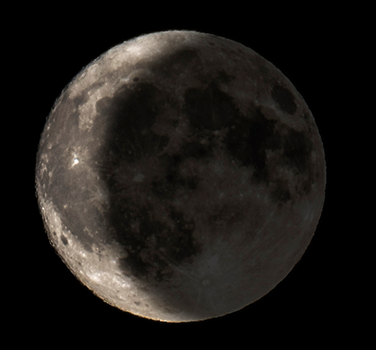
The final phase is called the ‘waning crescent’ and it occurs when a crescent moon is visible but it is waning and growing smaller as the cycle proceeds. Sometimes people also like to talk of the ‘old moon’, a very thin crescent that occurs just before the Moon is invisible again at the start of the cycle, the new moon.